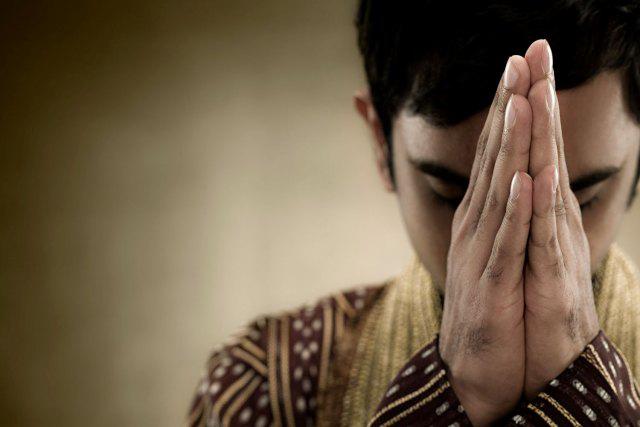Fossil Fuel
The world is dynamic; it is constantly moving and developing and to fuel this development, we require energy. Our primary source of energy is fossil fuels. The three main types of fossil fuels are petroleum, coal and natural gas. Fossil fuels are a cornerstone of our society and therefore, it is imperative to understand how they work.
Humans extract fossil fuels from under the surface of the Earth and burn them to release usable energy. Fossil fuels are nothing but hydrocarbon-containing substances that are formed underground, from the remains of dead plants and animals.
History of Fossil Fuels: Thousands of years ago, ancient civilisations used petroleum in various ways. In ancient Babylon, petroleum in its natural form was used for construction and while building roads and walls. It was also used for lighting.
The Romans used burning petroleum as a weapon in warfare. Some cultures such as the Persians, used petroleum for skin treatments as they believed it had therapeutic benefits. Native Americans would use it to glue arrows to shafts and knives to handles.
Coal has been mined and used for more than 1,000 years. In the 15th and 16th centuries, the Europeans discovered that chimneys could be made from firebricks and started using coal to heat homes. But it wasn't until the middle of the 18th century when the Industrial revolution began in Britain that coal, later oil and natural gas, became vital energy sources for industry and households in the UK and overseas.
The process: All the energy in fossil fuels originates from sun. Plants use solar energy for photosynthesis, which helps them to prepare food and grow. Animals eat plants and other animals and thus make use of the energy that had once come from the sun. Since both plants and animals are living beings, they contain carbon and hydrogen, which when burnt produce energy.
As dead plants and animals get buried underground, they are subjected to increased heat and pressure, which transfers them into fossils. As the heat increases, the fossil molecules break apart. The initial breakdown creates partial changes to their properties. But after millions of years underground, the fossils take on new properties.
Today, humans extract these resources through coal mining and the drilling of oil and gas wells on land and offshore. They are sought after because they contain stored energy in the form of hydrocarbons.
When burned, fossil fuels power machinery and provide electricity and fuel for transportation, which are essential to modern-day life. They also produce crucial ingredients that are used in the chemical industry.
Applications: Crude oil is found in underground areas called reservoirs and is used to make products such as gasoline and electricity. Crude oil is also used to produce transportation fuel for jets and other automobiles. The by-products of this process are used to produce chemicals, plastics, lubricants, tars, waxes and medicines. Many fertilisers and pesticides are also made from either crude oil or its by-products.
Coal is used in the generation of electricity. It is also used in the steel industry, pharmaceutical industry, cement manufacturing and the manufacturing of paper. Products like dyes, aspirins, soaps, fibres, plastics and solvents contain coal or a coal by-product.
Natural gas is used in cooking appliances like fuel stoves and for heating homes, water and buildings. It also provides electricity and is used in steel foundries, glass foundries, manufacturing hubs and aluminium smelters. It is used produce paints, fertilisers, plastics and dyes. It is also used in transportation as CNG or LNG.
Advantages: Fossil fuels can generate large amounts of energy. They are easily traceable, cost-effective, safe to transport and give us economically important by-products.
Disadvantages: Fossil fuels emit greenhouse gases that destroy the ozone layer and cause global warming. They are non-renewable. The combustion of fossil fuels makes the environment more acidic. This has led to unpredictable and harmful changes in the environment. Burning of fossil fuels causes air pollution. It also affects the fertility of soil and the quality of drinking water.
















































